How can you build intimacy with your partner this Halloween?
Halloween is a time for spooky fun, costumes, and, often, a bit of mischief. But it can also be a unique opportunity to enhance intimacy with your partner. With its playful spirit and festive atmosphere, Halloween can provide a perfect backdrop for deepening your connection. Here are some creative ideas to spark intimacy this Halloween season.
Costume Play: Unleash Your Fantasies
Costumes aren’t just for parties; they can be a playful way to explore fantasies with your partner. Choose costumes that excite both of you—perhaps a classic duo like a vampire and their victim, or something more unconventional. The act of dressing up allows you to step outside your everyday selves and embrace new roles, fostering a sense of adventure and intimacy.
Haunted House Date Night
Visiting a haunted house can be an exhilarating experience. The thrill of fear can heighten adrenaline and create a bonding moment as you cling to each other in fright. Afterwards, discuss your favorite scares over a cozy meal or hot drinks to keep the connection alive.
Candlelit Pumpkin Carving
Turn pumpkin carving into a romantic activity. Set the scene with candles and soft music, then carve out your designs together. Share stories or memories as you work, and don’t forget to enjoy some pumpkin seeds or your favorite fall snacks. The creative process can lead to laughter and a relaxed atmosphere, fostering intimacy.
Spooky Movie Marathon
Host a Halloween movie night with a lineup of your favorite scary films or classic Halloween flicks. Cuddle up under a blanket, share popcorn, and enjoy the thrills together. The suspense can spark playful reactions, and the shared experience will strengthen your bond. Don’t forget to include some cozy, lighthearted movies to balance the thrills!
Create a Haunted Home
Transform your living space into a haunted haven. Decorate together, creating a spooky atmosphere with dim lights, cobwebs, and eerie sounds. As you work together, engage in playful banter or challenge each other to come up with the best decorations. This teamwork can enhance your connection and provide a fun, shared experience.
Attend a Themed Event
Look for Halloween-themed events in your area, such as costume parties, ghost tours, or themed dinners. These outings can be a great way to explore your city and create new memories. Plus, dressing up and experiencing the excitement of the night can bring you closer together.
Share Scary Stories
Engage in the age-old tradition of storytelling. Take turns sharing spooky tales or personal ghost stories, whether they're real or imagined. This can create an intimate setting as you explore fears and fantasies, inviting vulnerability and connection.
Embrace Sensuality with Autumn Scents
Incorporate the scents of fall into your intimate moments. Use candles or essential oils with scents like cinnamon, pumpkin spice, or apple cider to create a cozy, inviting atmosphere. These aromas can evoke feelings of warmth and comfort, setting the stage for intimacy.
Plan a Halloween Themed Dinner
Cook a spooky dinner together, complete with themed dishes like “witches’ brew” soup or “eyeball” pasta. Use your creativity to make the meal fun and engaging. Enjoying food together can enhance feelings of closeness, making for a memorable evening.
Reflect on Your Fears and Desires
Use the Halloween season as an opportunity to discuss your fears and desires—both individually and as a couple. This could be a deep and intimate conversation that brings you closer, allowing you to understand each other on a more profound level.
TLDR
Halloween is more than just costumes and candy; it’s an opportunity to enhance intimacy and connection with your partner. By embracing the spirit of the season through playful activities, shared experiences, and open communication, you can create lasting memories and deepen your bond. So, this Halloween, let the spooky fun lead you to new heights of intimacy!






































